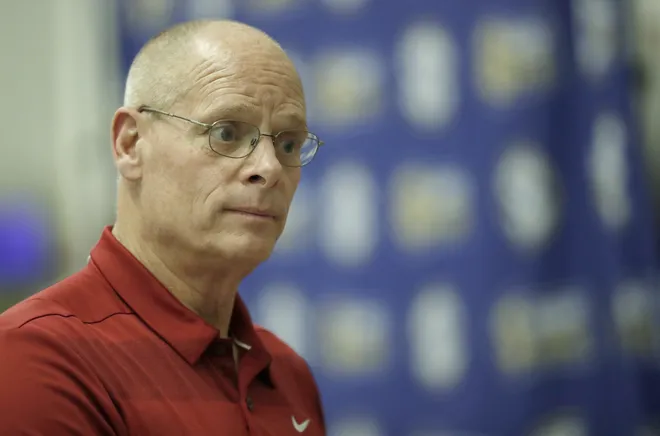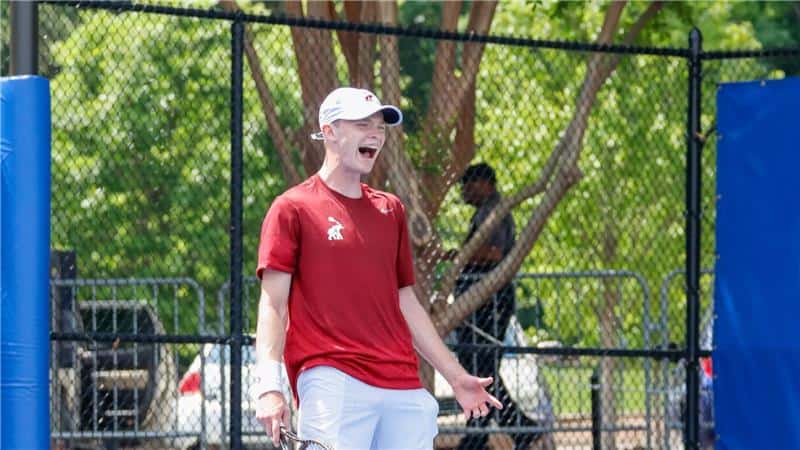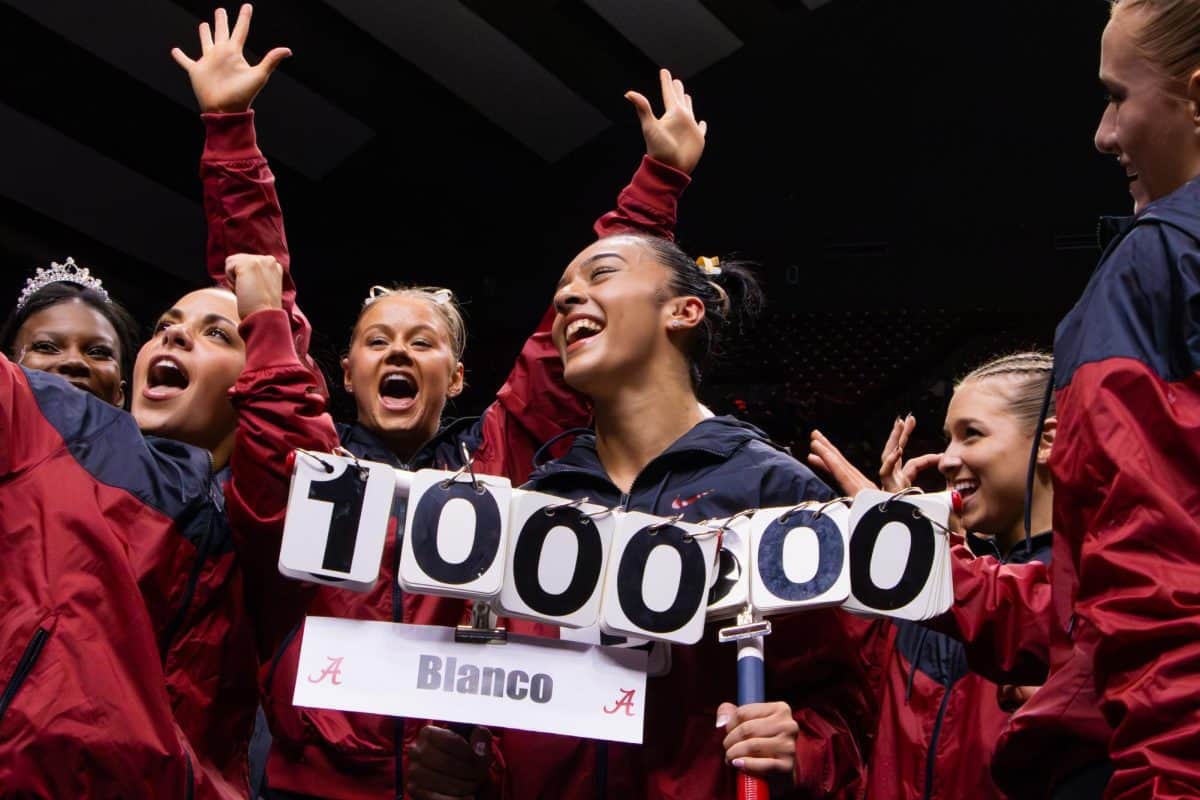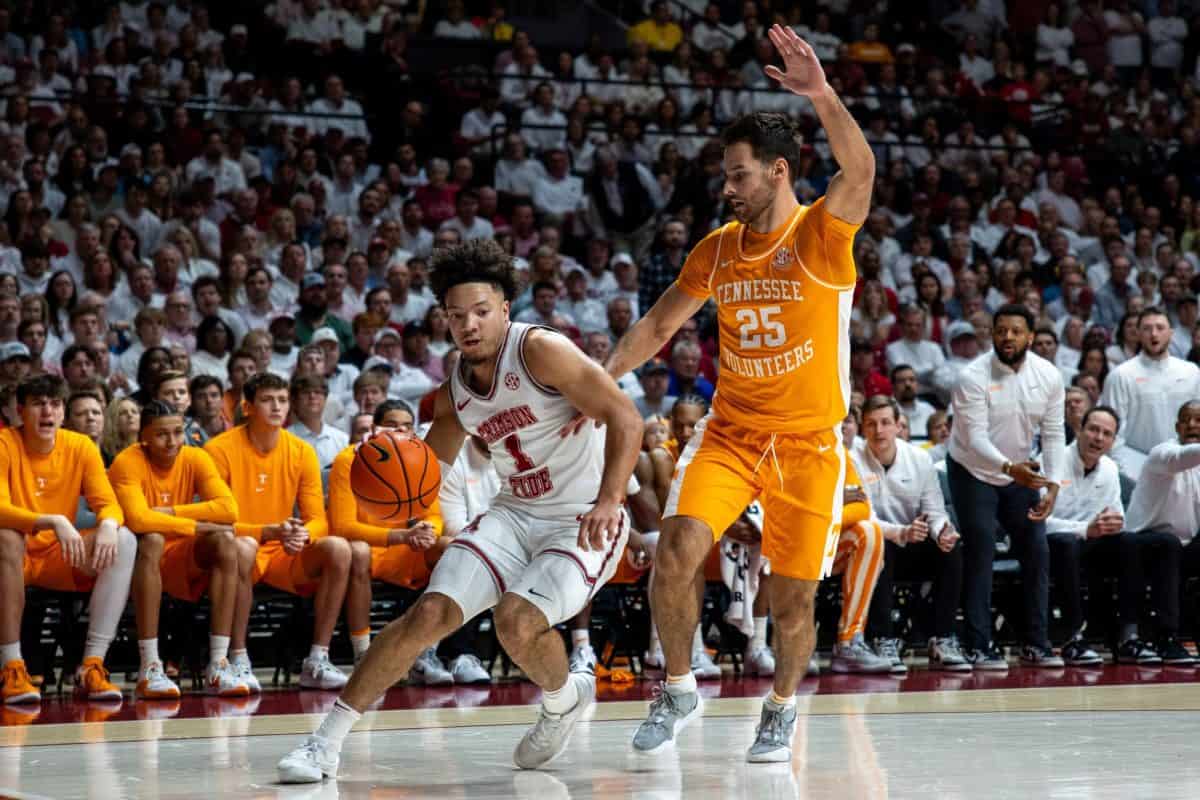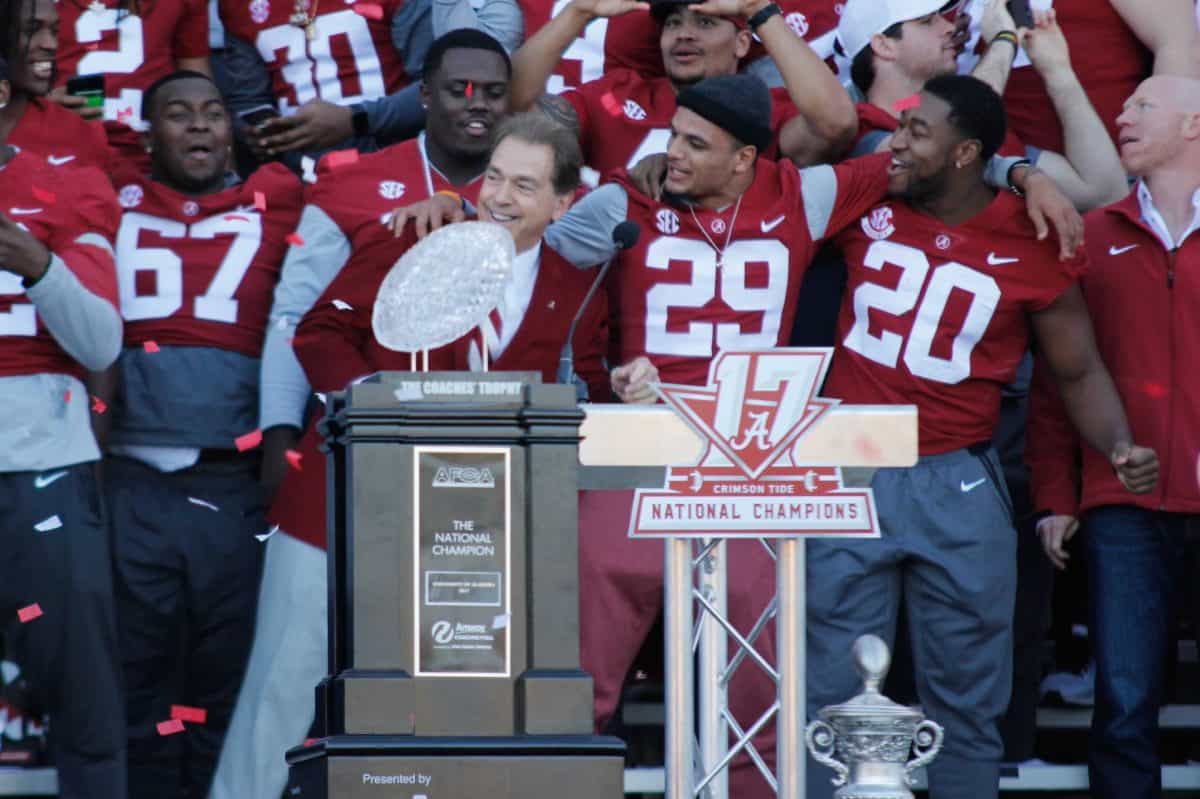According to statisticbrain.com, in the year 2014, an average of 4 to 4.5 million college couples are in a long-distance, non-marital relationship, which constitutes around 32 percent of all college relationships. These long-distance relationships become ?even more prevalent during summer break, when ?students often leave their college to travel, pursue internships, study abroad or return to their ?hometowns. Applications like Skype, FaceTime ?and Snapchat help bridge the gap between couples, but some say ?they cannot replace physical intimacy with phone calls and ?webcam chats.
Krissy Chun, a sophomore majoring in metallurgical engineering, met her boyfriend at a fraternity party. Chun is from Suwanee, Georgia, and her boyfriend Sean Gordon, a junior majoring in criminal justice, is from ?Huntsville, Alabama.
“We text from when we wake up till when we go to bed,” Chun said. “We occasionally talk on the phone, and we FaceTime just about every night. The hardest part is not being able to be with each other physically. ?Like just the idea of having him in the room with me and just watching TV is a lot better than just watching TV without ?him there.”
According to West Virginia University’s Students’ Center for Health, communication is a must for surviving long distance relationships. While technology makes long-distance communication easier than ever before, interacting from behind a screen can’t replace face-to-face conversations.
“It’s harder for us to resolve arguments,” Gordon said. “I’m not sure how, but when you’re in person with each other, it’s easier to ‘fix’ situations rather than over a text message or a phone call.”
In-person interactions allow both parties to read each other’s facial expressions and body language, two key elements that aid in understanding how one’s partner is feeling. An article by selfgrowth.com called “The Importance of Body Language,” states that, “when we connect with a person, we also have to make it clear to each other how the content of a spoken message needs to be interpreted. Without the nuances of facial expression and body language, words can lack context and may be misunderstood.
For Nathan Johnson, a senior majoring marketing, and Abby Peterson, a sophomore double majoring in operations management and restaurant and hospitality?management, distance has proven to be a challenge. Peterson is in Germany for the summer because her ?family is stationed there with the army, while Johnson ?is in Tuscaloosa. The seven-hour time difference makes it difficult for the couple to make time for one another.
“We make an effort to try to Skype every day,” ?Peterson said. “Things come up, and that’s not always possible, but we usually do a pretty good job of ?Snapchatting each other every day. Snapchat makes it a little easier than texting because we have the chance to see each other’s faces.”
Johnson and Peterson have been dating for a couple of months, which Peterson said makes the long-distance ?relationship easier.
“I think it’s harder for couples that have been together longer and haven’t been apart much,” Peterson said. “My first attempt at a long-distance relationship was about two years ago. We had been dating over a year, but because we didn’t know what it was like to be away ?from each other, it was very difficult. I’m not saying it’s not difficult now with it being so early in our ?relationship, but I think this distance can only make our relationship stronger.”
Johnson believes the opposite, saying long-distance relationships are easier for couples who have been ?together longer.
“It’s the first true test,” Johnson said. “At least it’s that way for me and Abby. Couples who have been ?together longer have generally been through some ?struggles and know how to deal with them better. ?Being apart gets frustrating at times, and learning ?how to make the best of it is key.”
Johnson said the hardest part about being apart is ?the physical aspect.
“I can’t hold her or kiss her through Skype,” Johnson said. “The time difference has been a little tough, but ?not too bad. I’m able to Skype call her after my ?morning class and before she goes to bed.”
For many long-distance couples, the prospect of reuniting provides comfort during the months ?spent apart. Chun has visited Gordon for his birthday already this summer, and Gordon said he plans to ?visit her for her birthday. Although Chun said she is ?looking forward to seeing Gordon, she said leaving after her last ?visit proved to be extremely difficult.
“I cried when I had to leave,” Chun said. “It was definitely a lot harder than I thought it would be.”
As challenging as it may be, Chun said there is one advantage to embarking on a long-distance? relationship.
“I think absence does make the heart grow fonder ?in a way,” Chun said. “After not seeing him after a? month, I was super excited to hang out with him for a ?week, and I definitely realized I liked him a lot more.”

